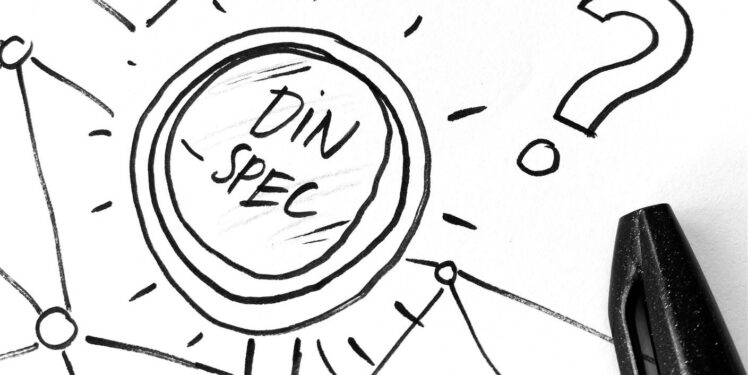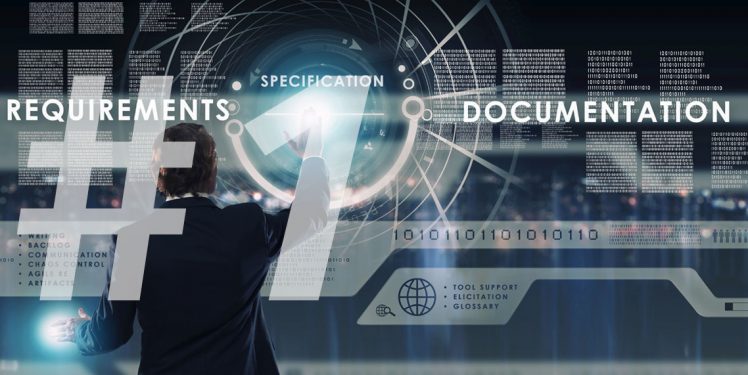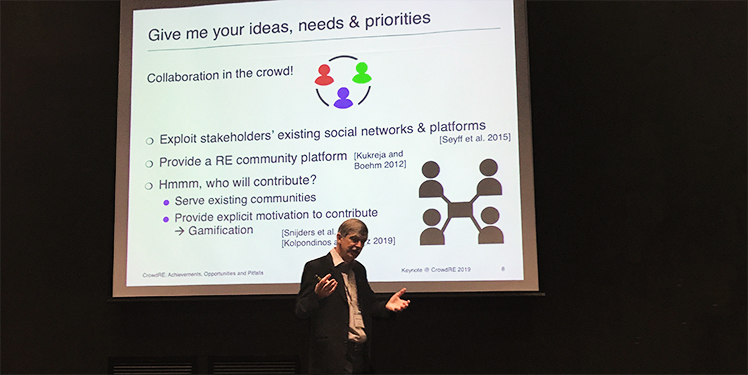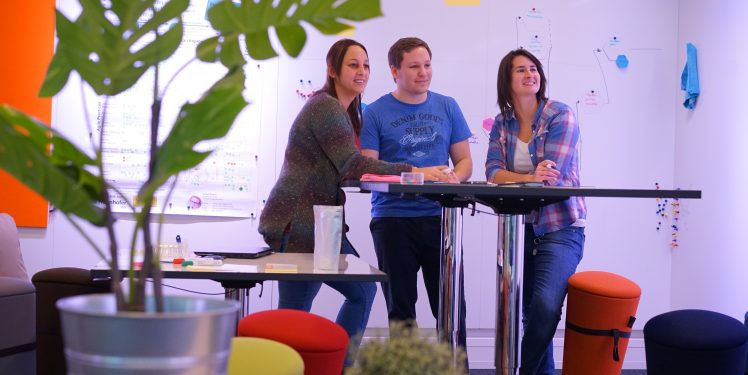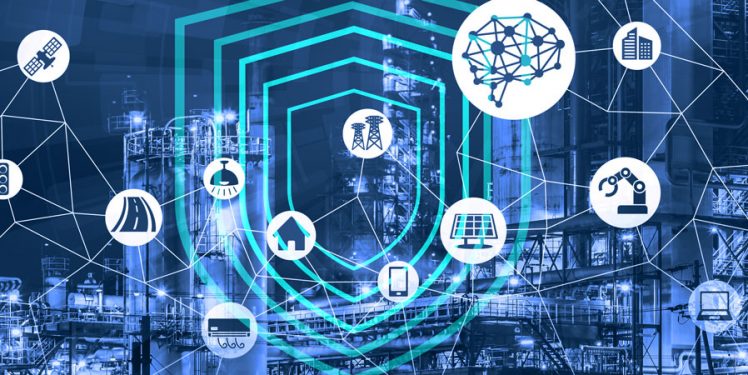DIN SPEC 92005 – Unsicherheit im Maschinellen Lernen standardisieren?
Die DIN SPEC 92005 ist seit Januar 2024 öffentlich verfügbar. Sie beschäftigt sich mit der Quantifizierung von Unsicherheiten im Maschinellen Lernen (ML) und entstand unter Mitwirkung des Fraunhofer IESE, das auch den stellvertretenden Obmann stellte. This article is also available…

